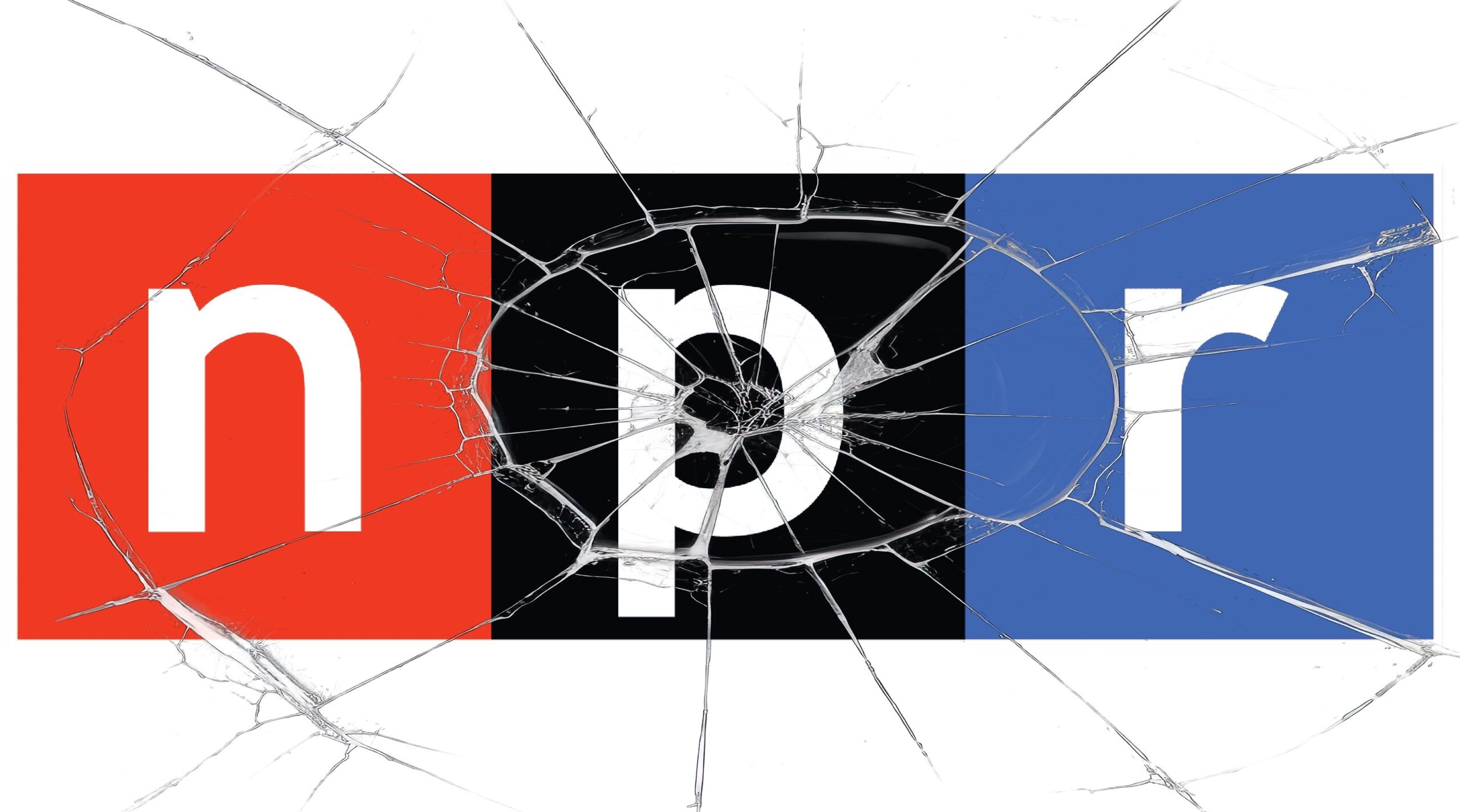By: Mark Glennon*
It still hasn’t sunk in. Our state pension crisis is nearly always quantified by the press as a “$111 billion unfunded liability.”
What’s most conspicuously overlooked is that, thanks to the Illinois Supreme Court’s decision in the Kanerva case last year, lifetime healthcare is also a constitutionally protected benefit for Illinois pensioners that can’t be diminished or impaired. That liability is entirely unfunded. It’s a pay-as-you-go system. Taxpayers many decades from now will pay for healthcare for today’s workers. Healthcare increases the unfunded liability by $56 billion — over 50% — making the true unfunded liability $167 billion, officially.
Two different reporters have asked for my sources when I’ve used that number, so let me provide some background. I’ve usually only linked to this Reuters article from last year, which correctly reported the $56 billion figure. The underlying sources are actuarial reports on the three programs through which the state provides pensioner healthcare. The three reports showing the unfunded liabilities are linked here, here and here, the largest one being for the Illinois State Employees’ Group Insurance Program, which accounts for $34 billion of the $56 billion total.
Actually, one might rightly question how much of the two smaller programs is a state liability, since payment is currently shared with other funding sources. That would be quibbling, I think, and the true liability probably still exceeds $56 billion, for a couple reasons.
First, the reports are over two years old and the liabilities are growing, as indicated in the reports.
Second, and more importantly, the liabilities are discounted — excessively so, I think — which is yet another interesting way in which pension liabilities are understated.
When pension liabilities are calculated, actuaries don’t just add up projected payouts. They discount them to reflect the notion that a debt owed in the future is less burdensome than a debt owed today. We’re often asked by readers confused about whether that’s different from the rate of return that pensions assume they will make on their assets. It’s really the same thing — just a seemingly backward way of getting at the difference between future payouts on the one hand and assets plus their returns on the other.
A primary rationale for doing that is that assets are set aside for future payment, which are earning returns. But in the case of healthcare plans, there aren’t any assets or investments — they are like entirely unfunded pensions. Yet the state’s actuaries still discounted healthcare liabilities by 4.5%. What’s the justification for that? Beats me. I could see discounting for inflation, but that would be much lower. The Fed’s target inflation rate is just 2% and the market is projecting long term inflation even lower than that. Dropping the discount rate would boost unfunded healthcare liabilities significantly.
That $56 billion is just for state employees. Chicago and other municipalities are stuck with additional healthcare costs to the extent they offered them before. That’s basically what the Kanerva decision ruled. Once healthcare or other benefits “attendant” to pension benefits are granted, you can’t take them away. That varies among municipalities and their reporting on it is exceptionally spotty.
Of course, the whole notion of projecting lifetime healthcare costs is pretty silly. Does anybody really know the long term healthcare inflation rate, effects of Obamacare, life expectancy of a young worker and treatments that might be available for them decades from now? Even going fifteen or twenty years out seems like guesswork. Young workers today may well be alive 70 years from now.
This much is clear: Next time you see a story mention our “$111 billion unfunded pension liability,” think “bunk.” Add at least $56 billion right off the bat for healthcare, and many tens of billions more to account for the other accounting tricks that plague pension reporting.
*Mark Glennon if founder of WirePoints. Opinions expressed are his own.

 A set of state lawmakers want to extend CPS’ current school closing moratorium to February 1, 2027 – the same year CPS is set to transition to a fully-elected school board. That means schools like Manley High School, with capacity for more than 1,000 students but enrollment of just 78, can’t be closed for anther three years. The school spends $45,000 per student, but just 2.4% of students read at grade level.
A set of state lawmakers want to extend CPS’ current school closing moratorium to February 1, 2027 – the same year CPS is set to transition to a fully-elected school board. That means schools like Manley High School, with capacity for more than 1,000 students but enrollment of just 78, can’t be closed for anther three years. The school spends $45,000 per student, but just 2.4% of students read at grade level.
 Hopefully, all media will get the message, in Illinois, too.
Hopefully, all media will get the message, in Illinois, too. Ted joined Tom Miller of WJPF to talk about Illinois’ highest-in-the-nation property taxes, why lawmakers don’t want to touch the tax’s cost drivers, just how much Illinoisans’ tax burden has grown over the decades, why Gov. Pritzker failed to meet his promise to reform property taxes, and more.
Ted joined Tom Miller of WJPF to talk about Illinois’ highest-in-the-nation property taxes, why lawmakers don’t want to touch the tax’s cost drivers, just how much Illinoisans’ tax burden has grown over the decades, why Gov. Pritzker failed to meet his promise to reform property taxes, and more.
Quoting …. “Taxpayers many decades from now will pay for healthcare for today’s workers. ”
Well, hopefully (and given the fact that very very few Private Sector workers get ANY employer-sponsored retire healthcare subsidy) a fiscal emergency will be declared and that will enable Taxpayers to renege on ALL of these payments.
Public Sector workers are NOT “special” and deserving of a better deal …. on the Taxpayers’ dime.
Kentucky while a third the size of IL has proportional problems. However, unlike Illinois which kept its investment assumption at 4.5% they raised theirs to 7.75%
4.5% is required discount rate under accounting standards, based on index of municipal tax exempt borrowing costs, do your homework!
I have no doubt that these and most all the other reports we talk about here comply with standards. The issue is whether they make sense. The pension world is rife with bullshit accounting and actuarial work that comply with standards but mislead the public.
Anonymous- On second thought, about whether that discount is in accordance with standards, what’s your source on that? See the GASB material in this link that says discount rate should be zero: https://burypensions.wordpress.com/2015/09/16/nj-benefit-debt-exceeds-300-billion/#more-7670
“Taxpayers many decades from now will pay for healthcare for today’s workers.” That’s beginning to be discussed in California, as well as other places. In admittedly a small way, California and others are beginning to pre fund retiree healthcare, similar to the way pensions are prefunded. There is an advantage to pre funding healthcare, in that returns on investment can help cut the ultimate cost. (Maybe?) But the existing “pay-as-you-go” system seems to be taking an unwarranted, or at least exaggerated, moral bashing. As in “we are stealing from our grandkids” by making them pay for services provided before they… Read more »
Well said. Personally, I agree that there’s nothing inherently immoral in it. Reporting and public understand is a different issue, however. The first step towards solving this mess is getting an accurate, full picture of what we are dealing with, and this liability is routinely ignored.